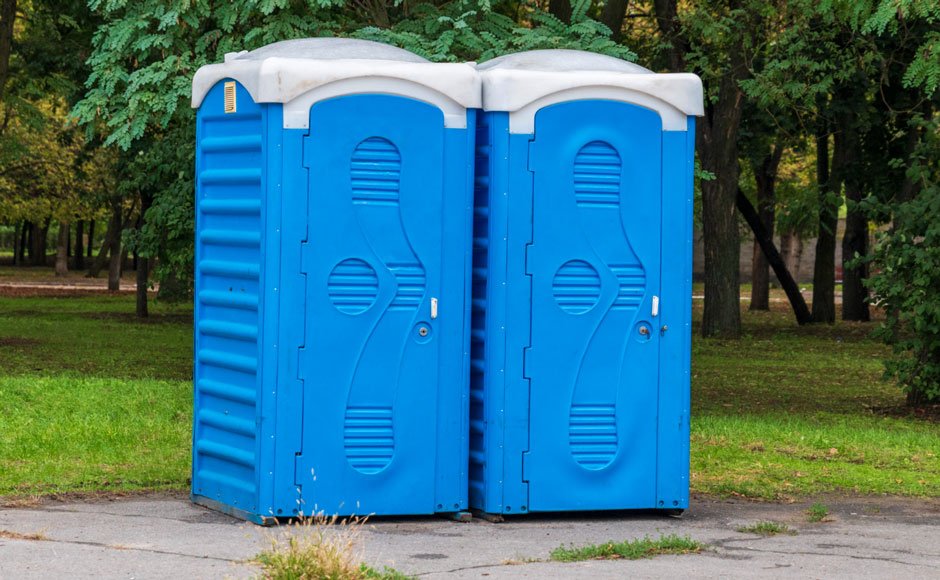Portable Toilets and Disaster Relief: A Critical Need in Emergency Situations

In times of disaster, the significance of providing access to basic necessities such as food, water, and shelter is obvious. However, one aspect that is often overlooked is access to toilets. In periods of such crisis, access to clean and safe toilets can be a matter of life and death.
Here, we’ll look at the importance of sanitation in disaster relief efforts, the challenges of providing adequate toilet facilities, and why portable toilets are vital in emergencies.
The Importance of Sanitation in Disaster Relief Efforts
During disasters, the risk of disease outbreaks is high due to the breakdown of sanitation systems. Without access to proper sanitation facilities, people are forced to defecate in the open, which can lead to the contamination of water sources and the spread of diseases such as cholera and typhoid fever. In some cases, the lack of privacy can also lead to an increase in gender-based violence.
To prevent such outbreaks and protect the well-being of disaster victims, access to clean and safe toilets should be provided – proper sanitation facilities that can help to restore a sense of dignity and privacy for disaster victims.
With traditional disaster management, toilets are often provided through temporary structures such as latrines and pit toilets. Though these structures are cost-effective, they have several drawbacks. For example, they require a large amount of space, which is often unavailable, difficult to maintain, and not suitable for people with disabilities.
In addition, outmoded toilet options can be slow to set up, delaying relief efforts. This is particularly problematic in the early stages of a disaster when time is of the essence.
The Need for Portable Toilets
Providing adequate portable toilet hire facilities in disaster-stricken areas can be a significant challenge. In many cases, the infrastructure required to support old-style toilets may be damaged or destroyed, making it impossible to set up latrines or pit toilets.
Furthermore, the large number of people needing access to toilets can quickly overwhelm existing facilities. In some cases, people may be forced to share toilets, leading to long wait times and an increased risk of disease transmission.
Portable toilets offer several advantages over traditional toilets in disaster relief efforts. They are easy to arrange and require minimal infrastructure, making them ideal for use in areas where conventional toilets would not be feasible.
In addition, portable toilets can be moved to different locations as needed, which can help to ensure that relief efforts are targeted to the areas that need them the most.
Maintenance and Sanitation of Portable Toilets
Proper maintenance and sanitation of portable toilets are essential to ensure they remain clean and safe for the public. This includes regular cleaning and disinfection of the toilet, as well as proper waste disposal.
Another point of note is ensuring that the toilet is adequately ventilated and the waste storage tank is not overfilled. Failure to maintain the restroom properly can lead to unpleasant odours, the spread of disease, and a higher risk of infections.
The Future of Portable Toilets in Disaster Relief Efforts
Portable toilets will likely play an increasingly important role in disaster relief efforts in the future. As climate change leads to more frequent and severe disasters, the need for clean and safe sanitation facilities will only increase.
Advances in technology and materials are also likely to lead to the development of more efficient and sustainable portable toilets. These toilets may be powered by renewable energy sources and use biodegradable waste disposal materials.
Suppose you are involved in disaster relief efforts. In that case, you can champion the benefits of portable toilets and how they can help to improve sanitation and reduce the risk of disease outbreaks locally in crisis situations.



